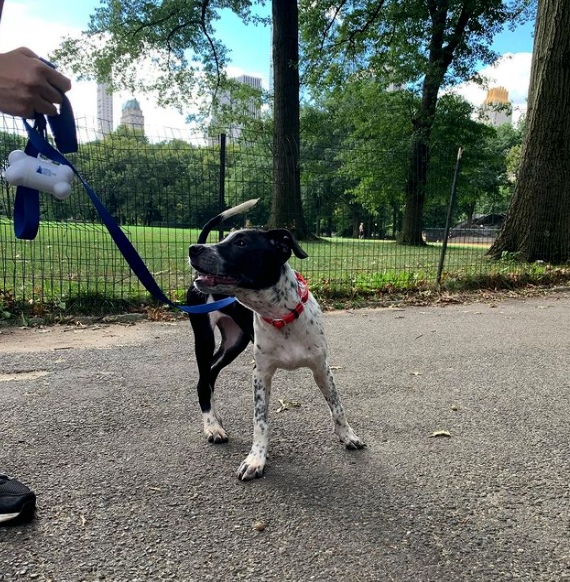Many pets love exploring the outdoors. In particular, dogs enjoy digging, running, and meeting other animal friends such as birds and squirrels. Cats are natural predators, and domesticated cats want to hunt, some more so than others.
While the outdoors can provide lots of stimulation for your pet, there are potential hazards to know about so that you can keep your furry friend safe.
Be there with them
Cats are quite independent when outside and enjoy exploring on their own. For dogs, you want to be with them when they are outside so that their explorations don’t lead to harm.
Dogs are excellent diggers, so if you have a fenced-in garden, regularly check that the fencing is secure. A dog will naturally want to explore other smells and sounds, and they can dig their way out of a garden faster than you’d think.
Dogs also prefer to be in the company of their human family and are often bored when left alone. A bored dog will be more likely to want to chew things, dig under fences, and seek escape to find company or stimulation.
Kittens should not be left outside as they can easily get lost in their new environment, and they need a few weeks to leave their scent around the house so they can find their way home.
Puppies should never be left outside alone, as they are prone to eating anything and everything.
If your dog struggles with mobility, provide a ramp, like the ones Chasing Tails has, to support their joints.
Use appropriate fencing or stakes
You don’t need an electronic fence to keep your pet secure. Some dogs will run through electronic barriers, only to stay outside to avoid a second shock. Keep gates shut to keep other curious humans out of your yard.
If you are out on errands with your dog, you can use a dog tie-out cable such as a stake. A secure stake will provide a temporary tether for your pet when you are on a trip.
Check the temperature outside
Some breeds of animals are more sensitive to temperature than others. Dogs like huskies are used to the cold but can suffer in the heat. Breeds with thin skins such as dachshunds are sensitive to cold. Check with your vet to see what protection is best for your pet in extreme cold, and make sure that no matter what the temperature, your pet has plenty of water.
If you do have water outside, make sure you put it in a plastic or ceramic bowl. Metal bowls get very cold, and a sensitive tongue could stick to the metal in severe weather.
The rule of thumb is that if it’s too cold for you to be comfortable outside, then it’s too cold for your dog.
Remember other animals they may meet
Porcupines, hedgehogs, hornets, scorpions, poisonous snakes, bears, and skunks are just some of the animals that your pet may encounter, depending on where you live. Other dogs or cats who are bigger or more aggressive can be a potential threat to your pet.
Keep an eye on your dog or cat when outside so that you can be there if a potentially harmful situation arises. Many of these animals aren’t stopped by fences or other barriers!
Be aware of common poisons
Keep antifreeze out of reach in a secure or locked cupboard. Antifreeze is a deadly poison for animals and children, yet they are attracted to its sweet taste.
Better yet, choose an antifreeze made with propylene glycol, which is less toxic to animals and humans.
If your dog or cat encounters de-icing salt – rock salt – that has been sprinkled on the sidewalk, clean their paws immediately afterward. Dogs tend to lick rock salt off their paws, and they can get salt poisoning fairly quickly. If you suspect your dog or cat has ingested rock salt, call your vet immediately.
Many common plants can be toxic to pets. Some examples are daffodils, lily of the valley, morning glory, milkweed, and many more.
If you have a compost or mulch pile, there will be harmful bacteria, molds, and toxins in there. One example is chocolate and cocoa bean products, which are toxic to dogs and cats.
Watch your dog near water
Be careful when your dog encounters swimming pools, particularly if they are covered. A curious dog could jump in, only to get trapped underneath the pool cover. Many pool covers cannot support a medium-sized dog’s weight, and even if they could, some dogs can’t swim. Dogs can also hit their head and then be unable to swim to safety, so watch your dog around the swimming pool.
Love our content? Share it with a friend or link it to social media. Like short clips of cute household pets? Training tips? Follow us on instagram @nydognanny or on YouTube at nydognanny. Have some news you needs to get to dog and cat parents stat? Email info@newyorkdognanny.com with your article pitch.




